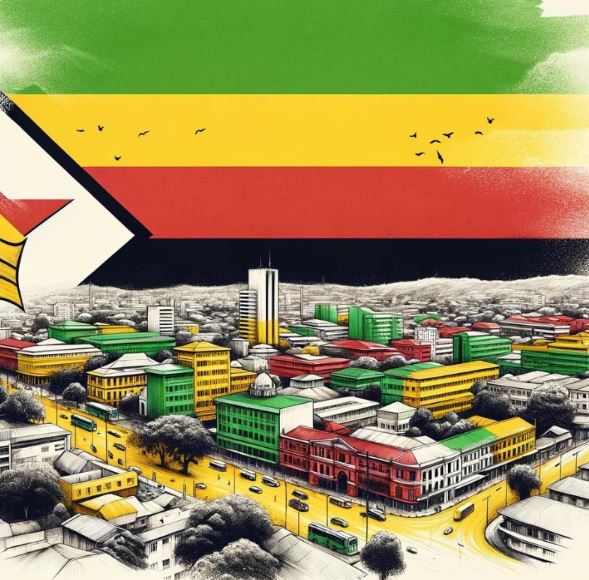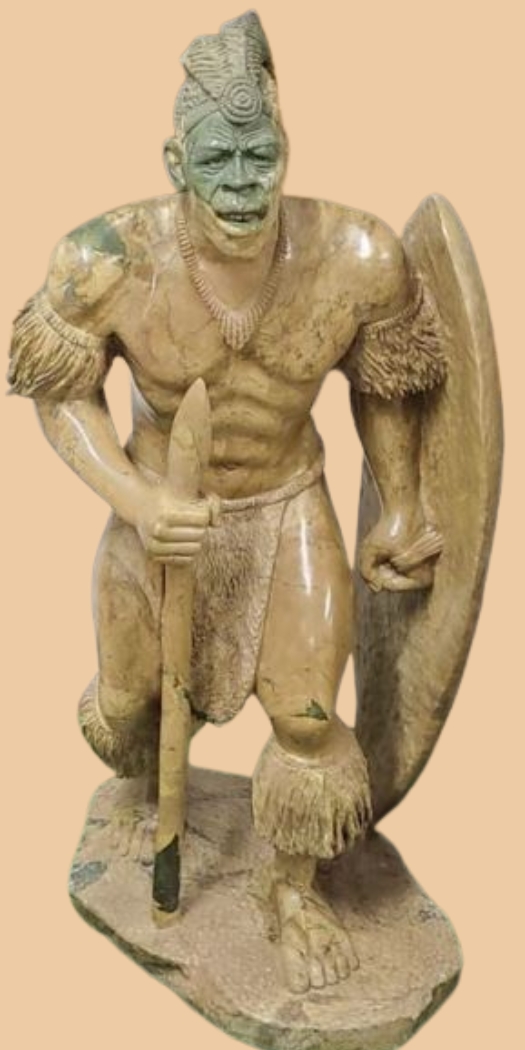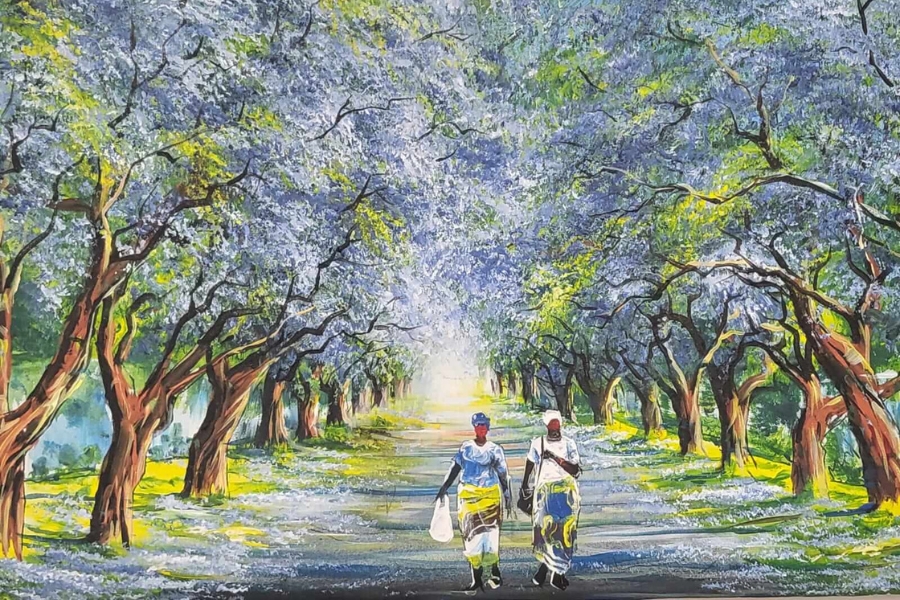Bulawayo
Welcome to Bulawayo: The City That Stands the Test of Time
Bulawayo, is a place steeped in history and rich in culture. Nestled in the southwest of the country, it serves as the cultural and industrial hub of Zimbabwe, offering a unique blend of the past and the present. It is situated at an altiitude of 1380 m and is the 2nd largest city in Zimbabwe with about 650 000 inhabitants. The temperature is very pleasant - During the day in the hot period around October it can reach 30 degrees and in winter around July can fall especially in the night to 5 degrees.In this blog post, we'll explore the fascinating history of Bulawayo, delve into the reasons for its strategic location, and uncover some intriguing facts about this vibrant city.
The Origins of Bulawayo
A Historical Overview
Bulawayo's history is deeply intertwined with the Ndebele people and their leader, King Mzilikazi. In the 1840s, fleeing from the Zulu wars in South Africa, Mzilikazi established his kingdom in the region that is now modern-day Bulawayo. The name "Bulawayo" comes from the Ndebele term "Bulala," which means "the place of slaughter," reflecting the city's origins as a military stronghold.
Lobengula 1829 to 1945, the 2nd and last king of the Nebele nation ruled from Bulawayo. He had 68 wives.
The Colonial Era and Beyond
The city's fate took a dramatic turn with the arrival of British colonial forces led by Cecil John Rhodes in the late 19th century. The British South Africa Company designated Bulawayo as a key administrative center, significantly influencing its development. Following Zimbabwe's independence in 1980, Bulawayo continued to grow as a center of culture and industry.
Strategic Location
Bulawayo's location was strategic from its inception. Situated near the Matsheumhlope River, it provided a reliable water source, essential for settlement. Its position also made it a natural choice as a trade and communication center, connecting the interior of Zimbabwe with South Africa to the south and Botswana to the west.

The Railway Factor
The development of the railway system in the late 19th and early 20th centuries further cemented Bulawayo's importance. As a major railway junction, it became a vital link in the transport of goods and resources, contributing significantly to its economic growth.
Interesting Facts About Bulawayo
A Melting Pot of Cultures
Bulawayo is renowned for its diverse cultural makeup. ""Home"" to a mix of ethnic groups, including the Ndebele, Shona, and others, it's a city where traditional and contemporary arts flourish. The Bulawayo National Gallery of Art and annual events like the Intwasa Arts Festival showcase this rich cultural heritage.
Architectural Marvels
The city's architecture is a testament to its historical journey. From colonial-era buildings like the Bulawayo City Hall to the modern-day Bulawayo Centre, the city's landscape is a blend of history and modernity.
The Matobo Hills
Just outside the city lies the Matobo National Park, a UNESCO World Heritage Site. Known for its unique rock formations and ancient San rock art, it's a place of great spiritual and cultural significance, not to mention its stunning natural beauty.
A Center for Education
Bulawayo is also known for its educational institutions, including the prestigious National University of Science and Technology and various high-performing secondary schools. This focus on education has made Bulawayo a city that values knowledge and innovation.
The Heartbeat of Zimbabwe
Bulawayo is more than just a city. It's a living museum, a melting pot of cultures, and a testimony to Zimbabwe's resilience and diversity. Whether you're interested in history, culture, or just looking for a vibrant city to explore, Bulawayo has something for everyone. As you walk its streets, you'll feel the pulse of a city that's not just surviving but thriving, proudly carrying its past into the future.
We hope you enjoyed this journey through Bulawayo's rich history and cultural tapestry. Keep exploring, and you'll find more hidden gems in this remarkable city!

Some of the things to see and do in Bulawayo include:
National Museum of Bulawayo: This museum is a must-see for anyone interested in the history and culture of Zimbabwe. It contains a wide range of exhibits on the country's natural history, archaeology, and ethnography.
Matobo Hills: The Matobo Hills, located just outside of Bulawayo, are a UNESCO World Heritage Site and offer a variety of scenic hiking and rock climbing opportunities.
Chipangali Wildlife Orphanage: This orphanage is ""Home"" to a variety of animals, including elephants, lions, and cheetahs, which were rescued from poachers.
Bulawayo Railway Museum: This museum is dedicated to the history of rail transport in Zimbabwe and features exhibits on the country's steam locomotives, rolling stock, and railway infrastructure.
Amakhosi Cultural Centre: This cultural center is dedicated to preserving the traditional customs and practices of the Ndebele people, and it offers visitors a glimpse into the Ndebele way of life through dance, music, and storytelling.
Ndebele Warrior Sculpture

World War II Memorial: The World War II Memorial is a tribute to the soldiers from the area who lost their lives during the war.
Bulawayo Botanic Gardens: The Botanic Gardens are a peaceful oasis in the city, with a wide variety of plants, flowers and trees.
Mzilikazi Art and Craft Centre: The Mzilikazi Art and Craft Centre is a good place to shop for traditional Zimbabwean crafts, including textiles, pottery, jewelry, and carvings. Here you will find products from local craftsmen.
